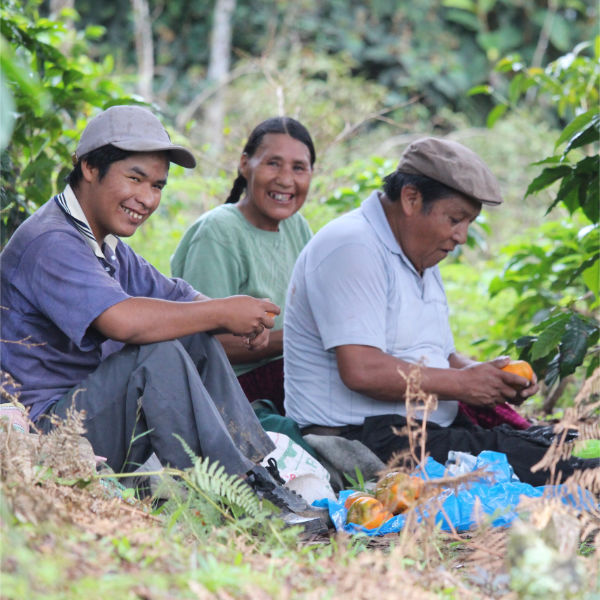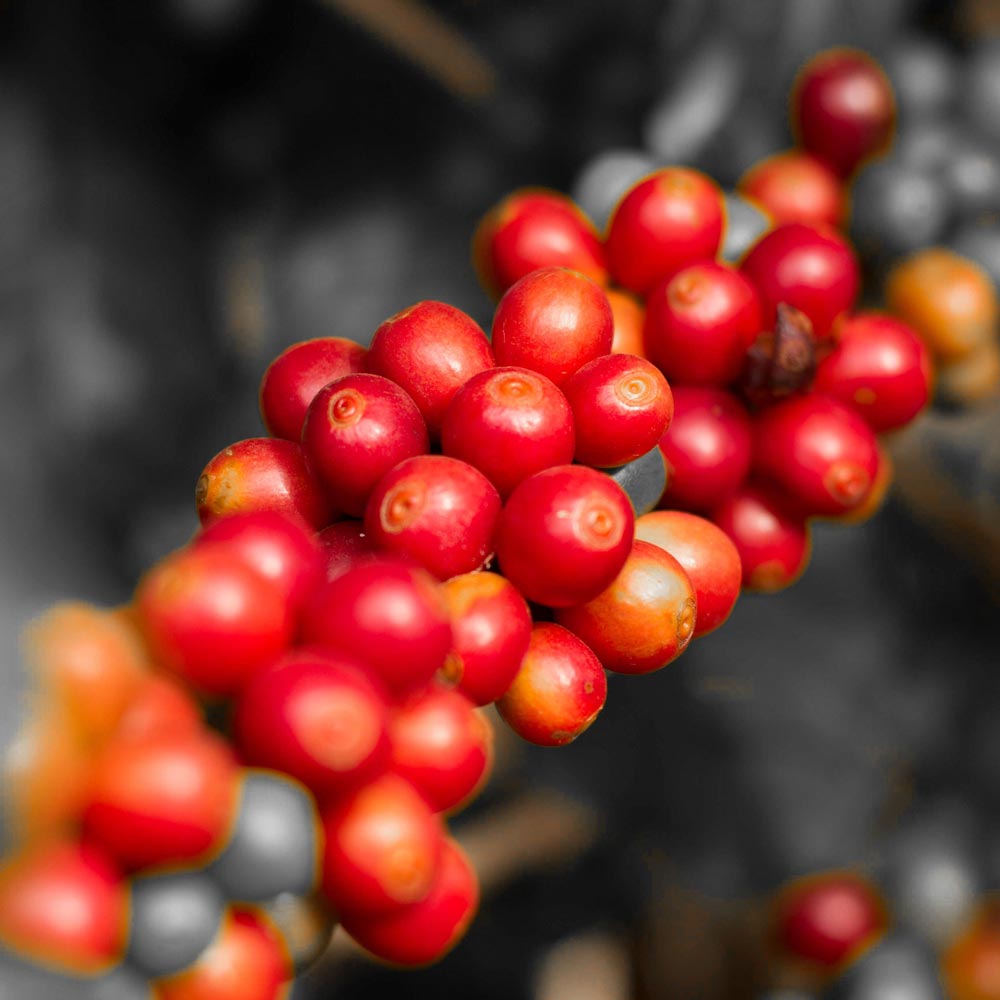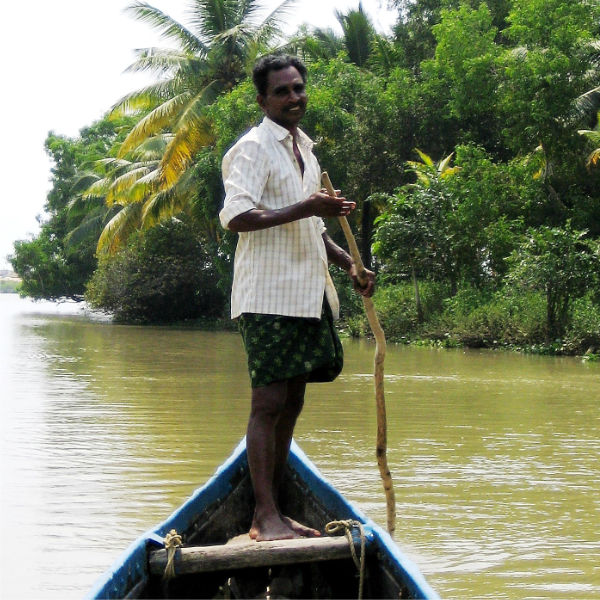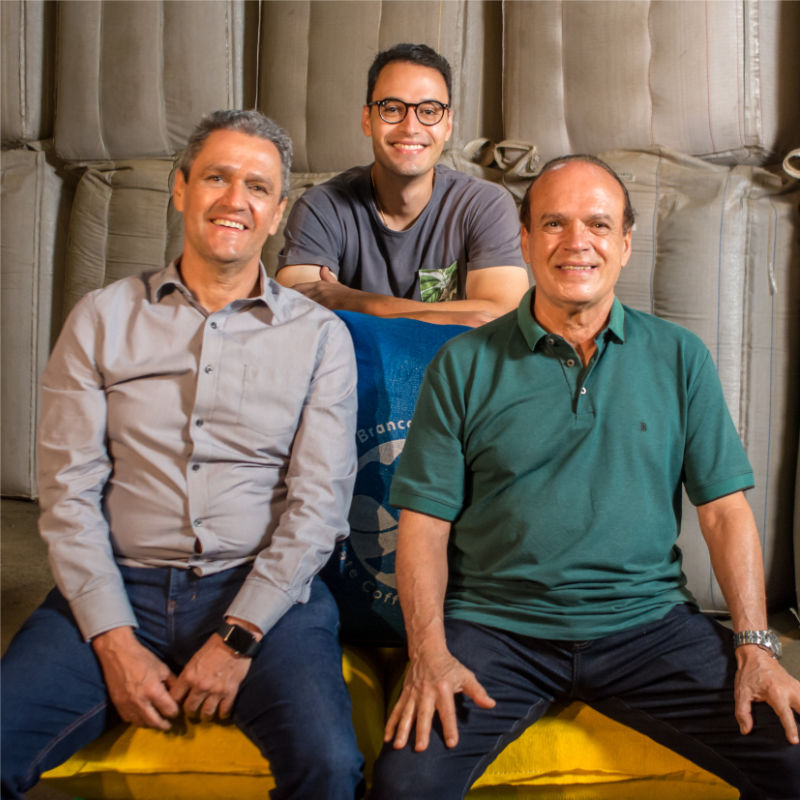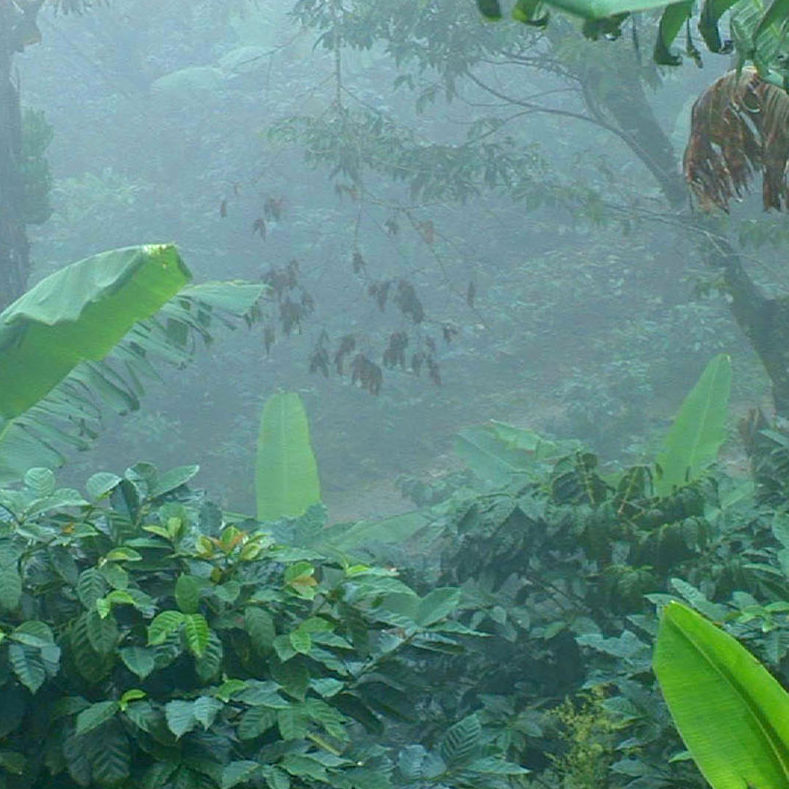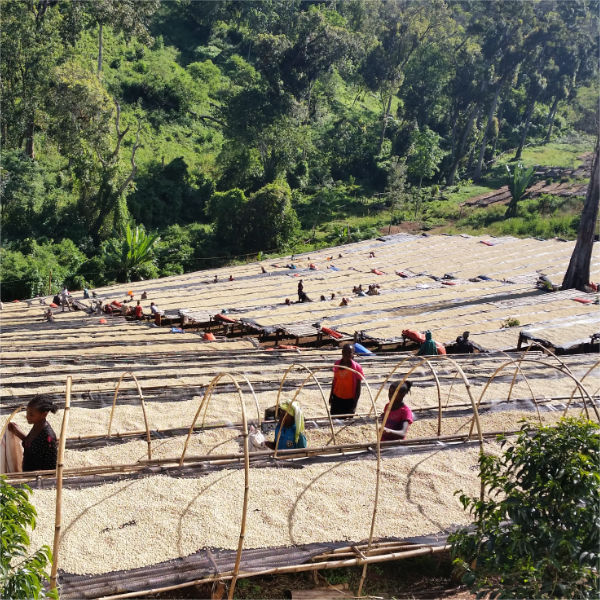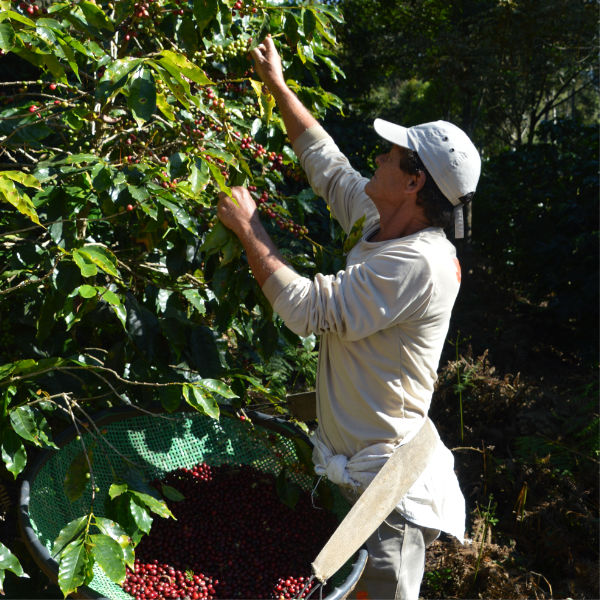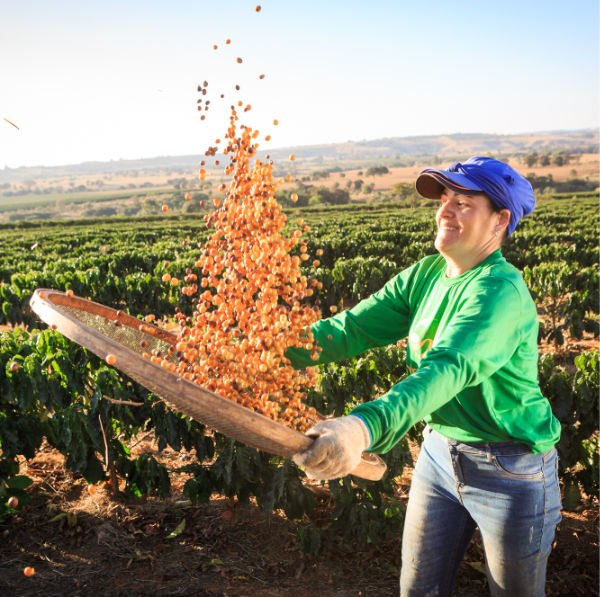✓ Fair
✓ Social
✓ Sustainable
✓ Direct
In the following portfolio you can see a small overview of our traded coffees. Learn more about where the coffee comes from, what special characteristics there are, how the coffee is prepared and where it gets its special taste.
Of course we trade other coffees from all over the world too, so contact us and get to know our entire portfolio!
We look forward to introducing you to our Coffees. If you have any further questions, please do not hesitate to contact us!
Click on the regions and learn more about cultivation, coffee farmers and the regions!
